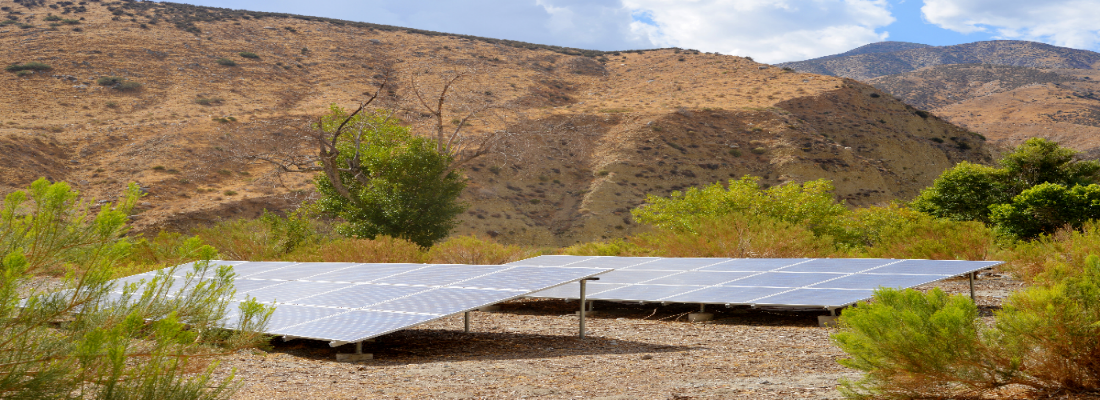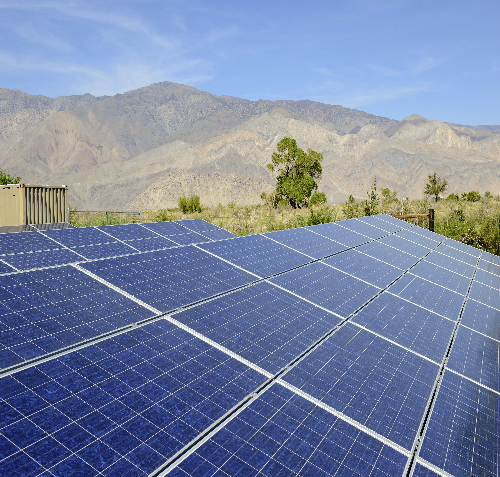
Private: Avian Mortality on the Desert Sunlight Solar Farm at Desert Center
Avian mortality has been a point of concern for some time on the Desert Sunlight Project in Desert Center. While details regarding why we are seeing avian mortality on site and potential causes are unclear at this time, we want to provide you all with information regarding documented avian events on the Desert Sunlight Project.
It is understood that birds migrate within known corridors and that their movement is somewhat predictable. Evidence from the peer-reviewed report Nocturnal Avian Migration Assessment of the San Gorgonio Wind Resource Study Area, Spring 1982 (McCreary et al., 1982) suggests the Chuckwalla Valley and Desert Sunlight project itself is within (or very near to) a migratory corridor. Anticipating problems that could arise from the potentially huge numbers of birds moving at night are very difficult to assess and predict.
Baseline mortality rates are unknown in most areas of the Mojave and Colorado Deserts, as are actual risks posed by utility-scale photovoltaic projects. Ironwood, Corvus, First Solar and the wildlife agencies are concerned about potential project impacts to birds and bats and are focused on assessing the situation.
Agencies are notified within 24 hours of every single avian mortality and/ or injury event. Additionally, all avian incidents (mortality, capture and release, and injury) and the locations of these incidents are included in publicly-available quarterly and annual reports submitted to the BLM .
The first documented avian mortality event at Desert Sunlight involved a House Finch found within the on-site retention pond on September 12, 2011. From September 12, 2011, through November 2, 2013, there have been 128 documented events resulting in mortality, capture and release, and injured birds being sent to the Coachella Valley Wild Bird Center for rehab. In one event a bird was able to take flight and leave under its own power. While the majority of mortalities have been documented on the solar farm, mortalities have also been documented along the gen-tie line.

There have been a few especially unfortunate events. The first was when a deceased, federally endangered, Yuma clapper rail was found onsite. There are known clapper rail populations along the Colorado River and within the vicinity of Salt Creek along the northeastern shore of the Salton Sea (both greater than 60 kilometers from the project) but this event was especially interesting there is no suitable habitat for this species in Desert Center and they are not known to be migratory. It is possible this bird was travelling between the Colorado River and the Salton Sea. No clapper rails have otherwise been detected onsite, but most birds migrate at night and our surveys are done during daylight hours.
REFERENCE
